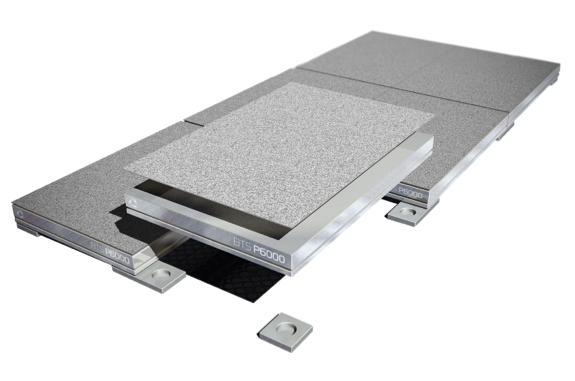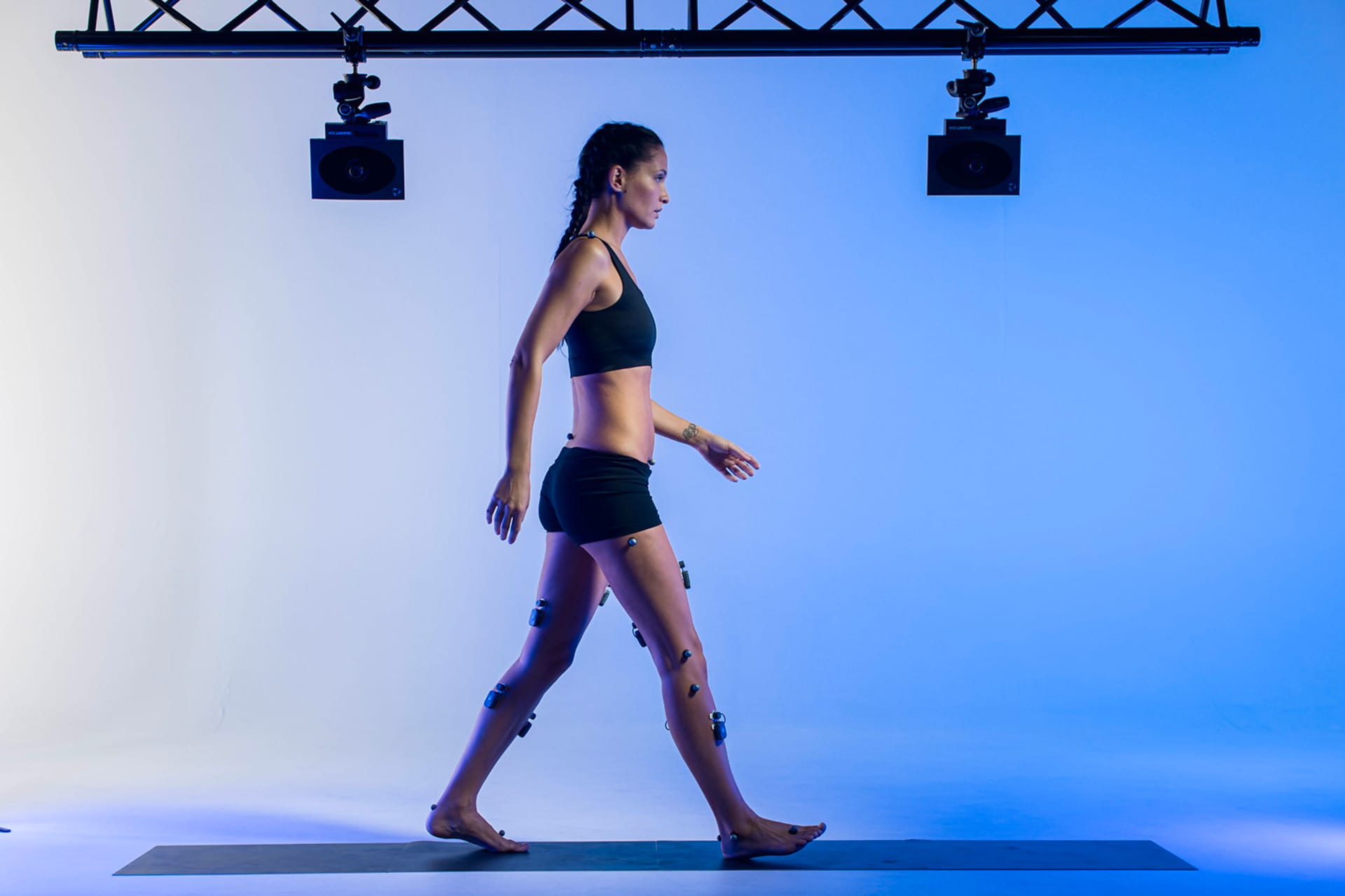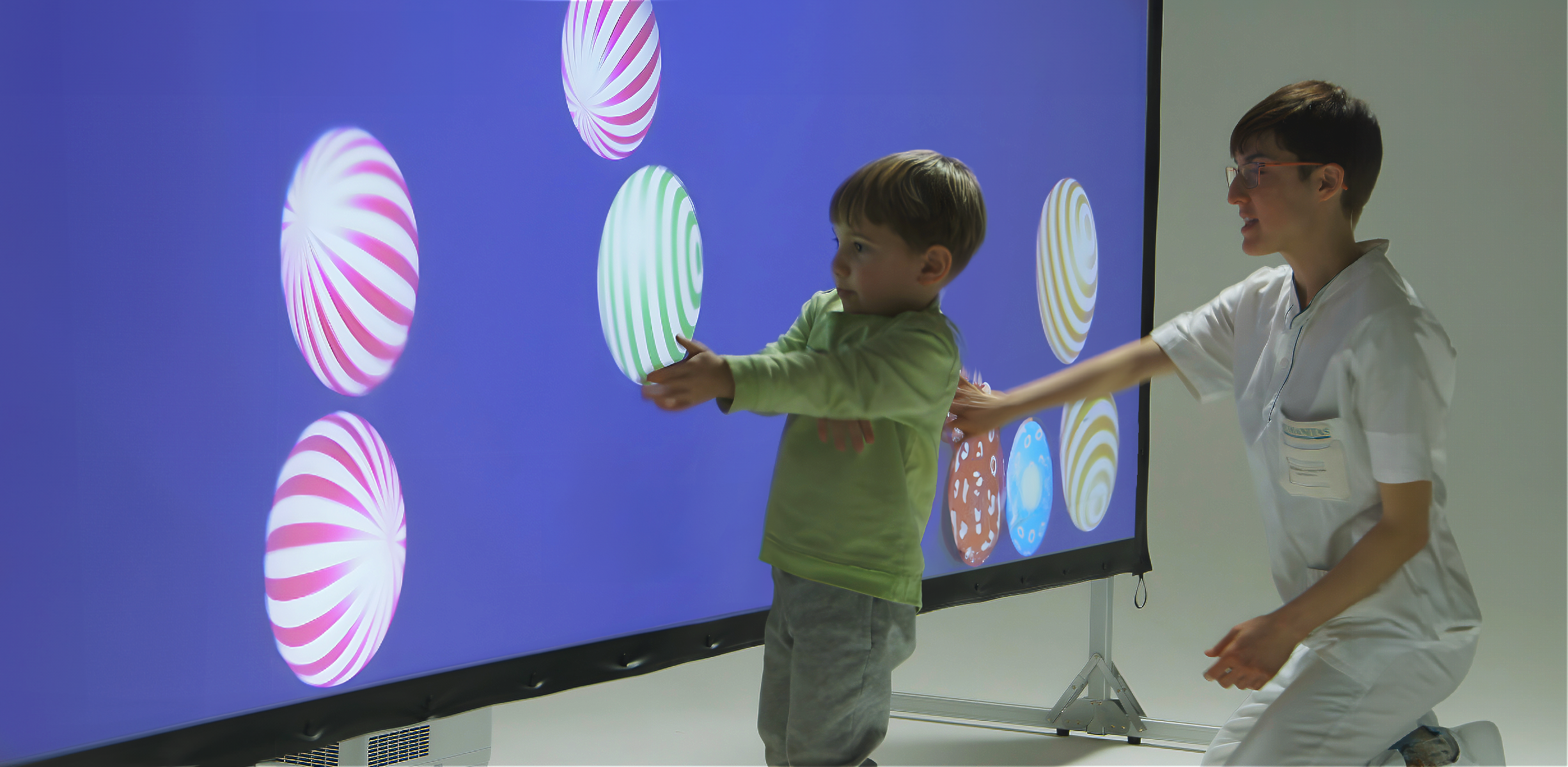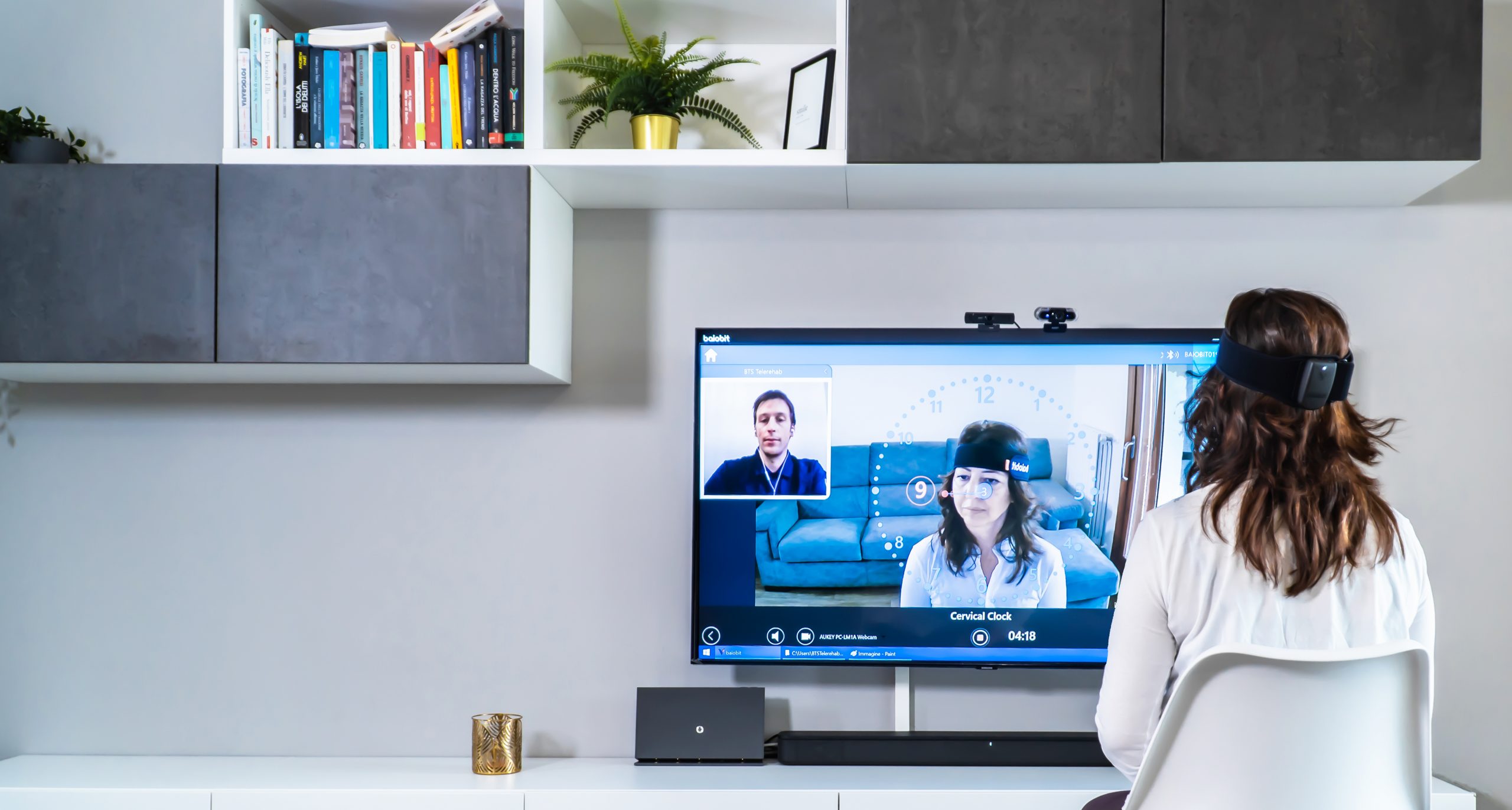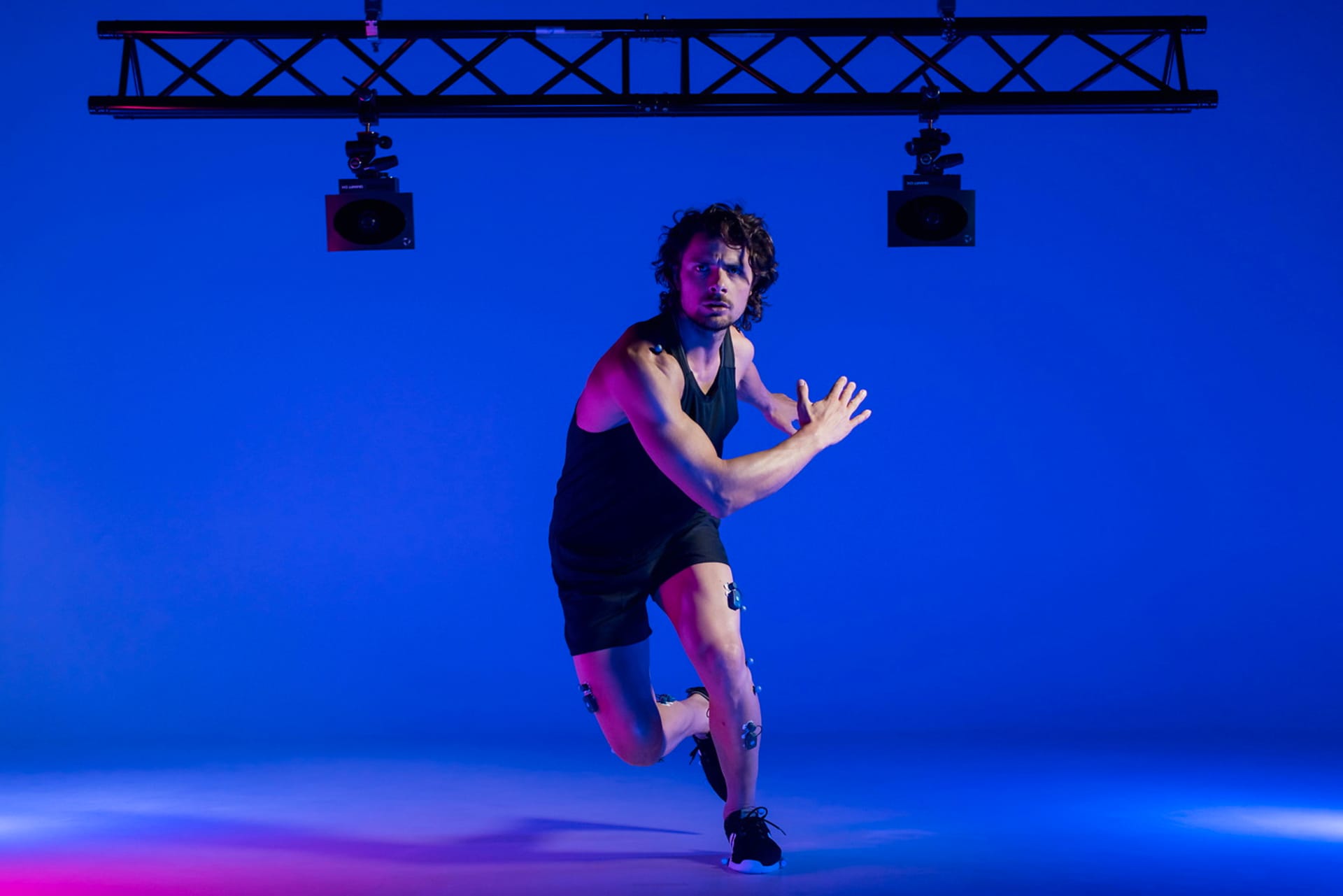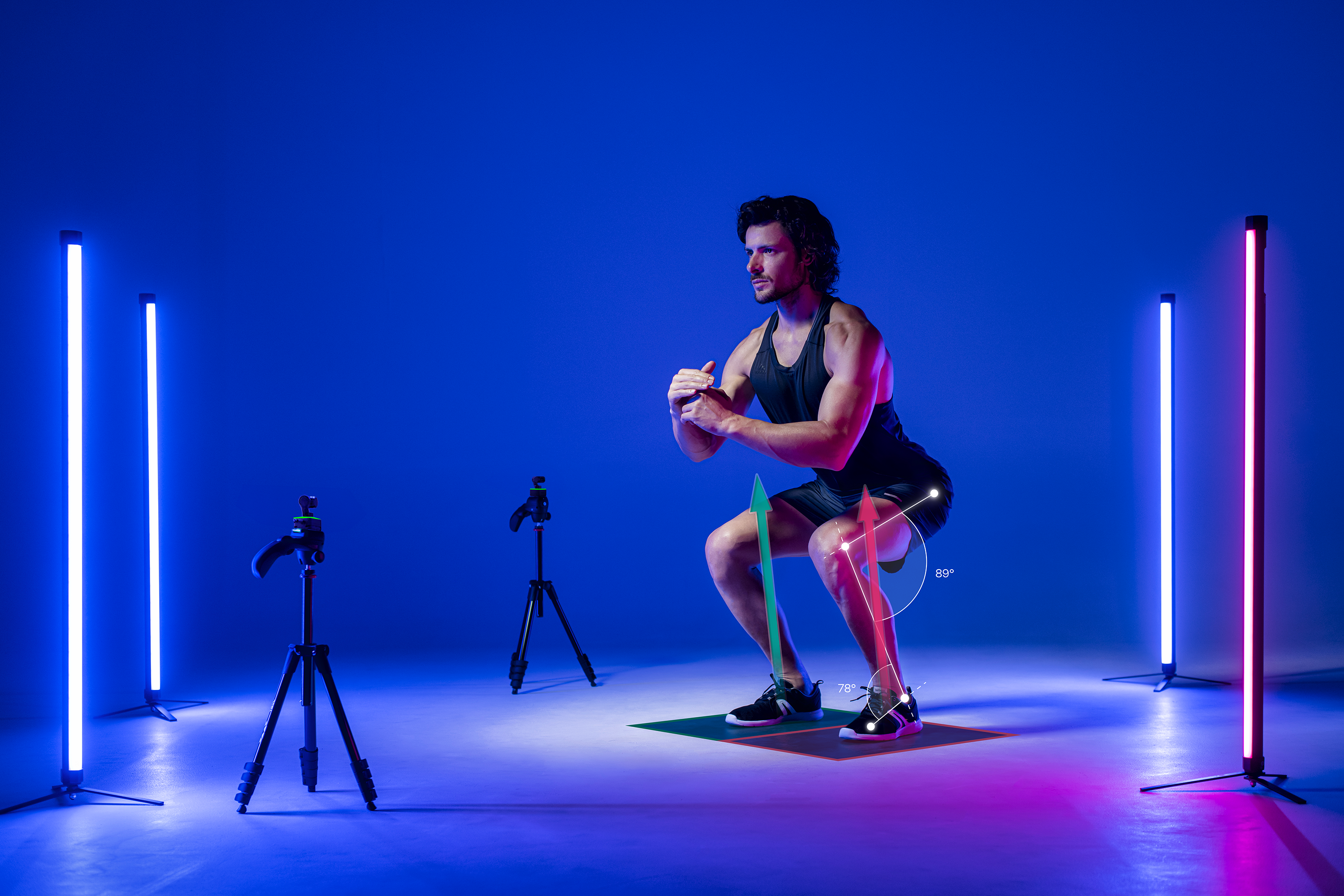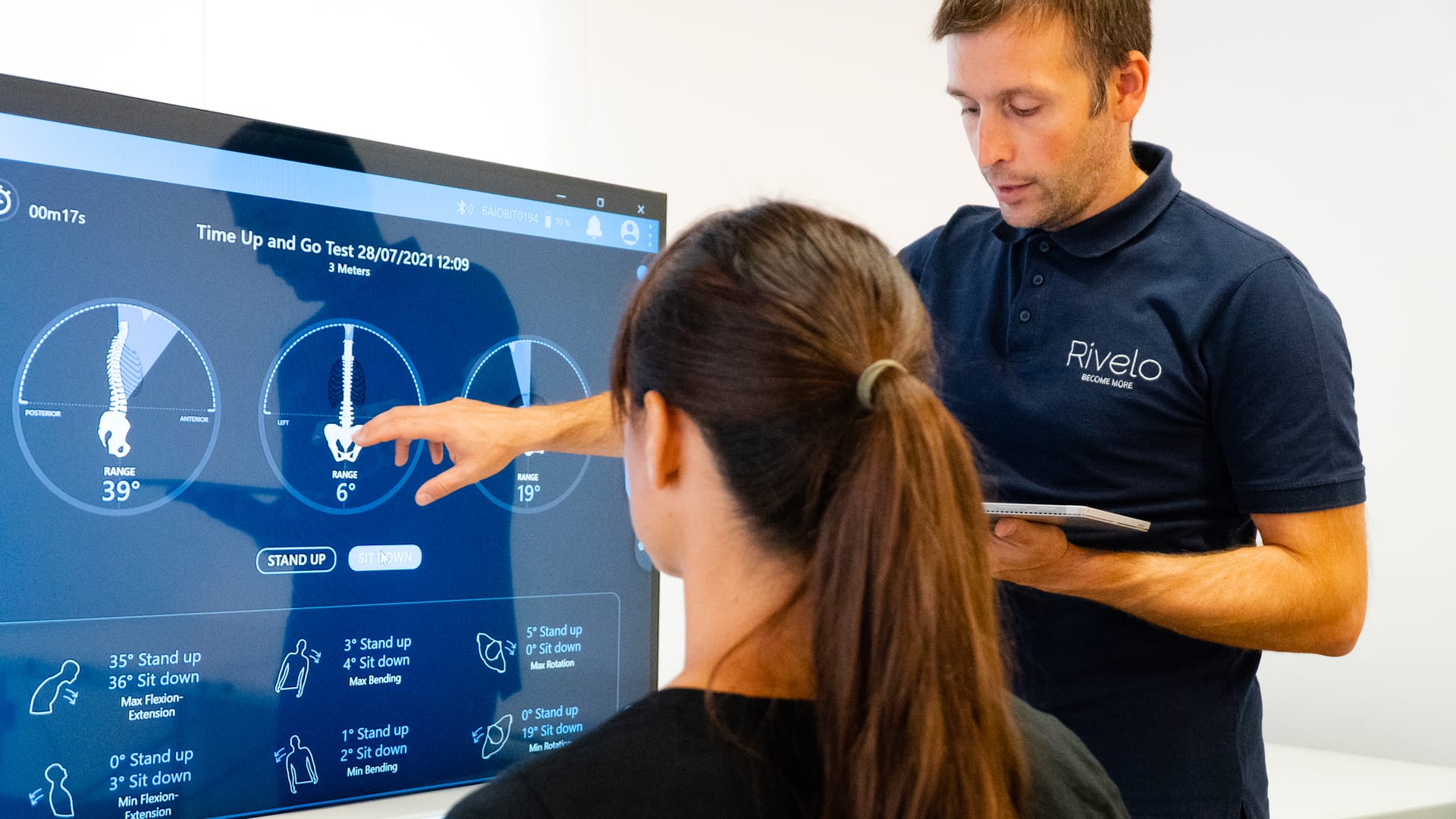Do you want to improve your balance abilities? Start by taking some time to rest
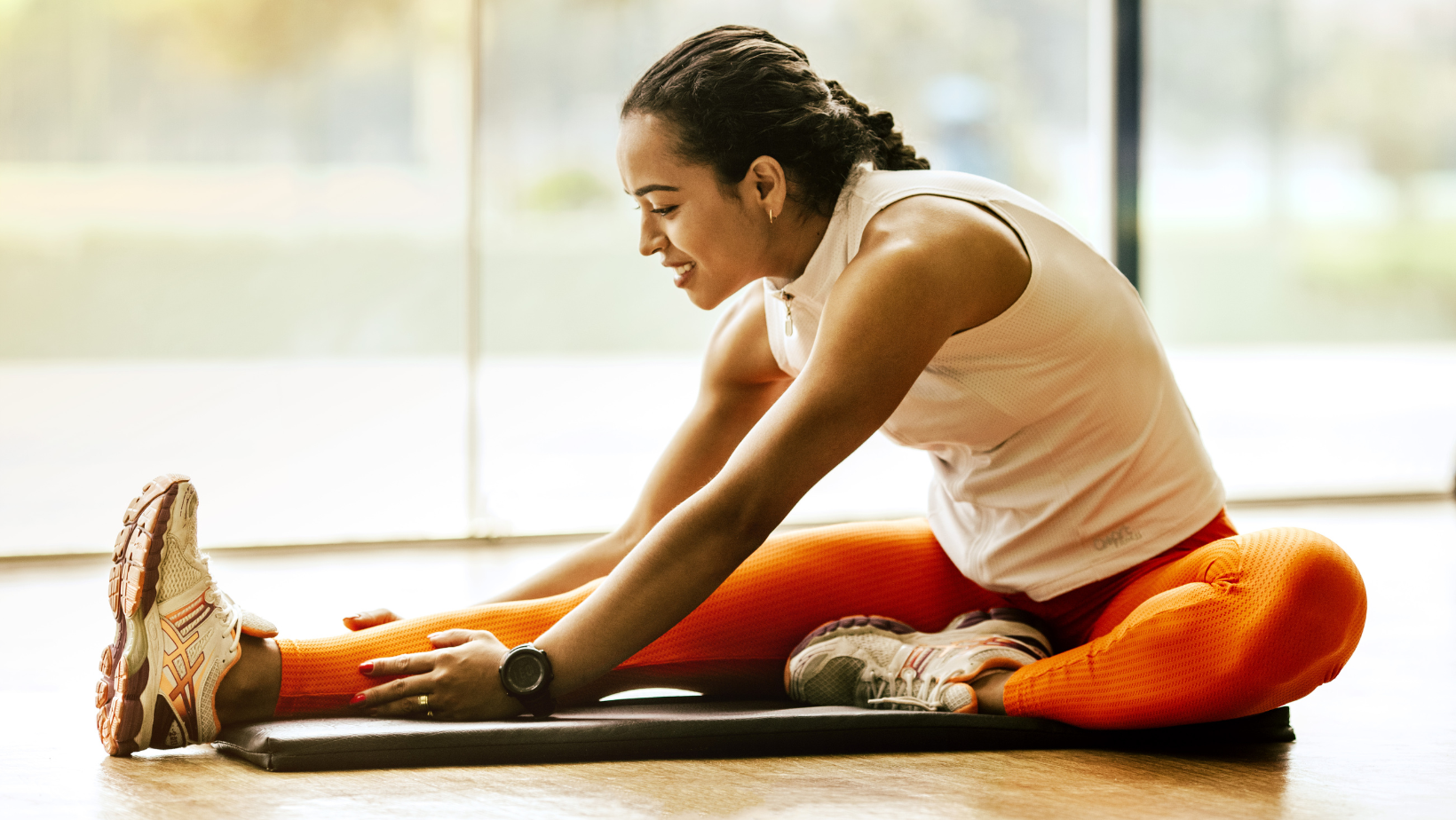
Author: Marta Francisca Corrà, Ph.D.
Learning a new motor skill not only involves a practice period, it is necessary to process the information acquired during practice also offline after training. This can lead to further improvements in performance and further consolidation of motor memory. A distinction was made between changes occurring online and offline, i.e. repetitions of the movement within the same session, and breaks in between training sessions. Offline periods improvement is due to offline memory processing, which has been demonstrated at both cellular and systemic level (1, 2). Offline improvement can also vary depending on several factors, such as the duration of training, the amount of exercise performed, sleep intervals and interference with other tasks (3, 4). It is not yet clear whether the results of single limb movements can be transferred to movements of the whole body (5).
Is it possible that the benefits of offline learning could also be observed in gross motor skills? The study of such interval training could improve fields such as rehabilitation, sports science, and work physiology.
For this reason, the research group supervised by Prof. Cioni of the University of Catania conducted a study on the effects of interval training on learning. In particular, the group investigated standing on a multiaxial balance board and the discriminants between movement in the anterior-posterior (AP) and medio-lateral (ML) directions and changes in the oscillations’ stability.
To analyze offline trainings’ improvements, 24 healthy adults stood on a multi-axial wooden balance board (Fig. 1) trying to keep it as horizontal as possible. No visual cues or explicit instructions were provided to guide the performance, forcing participants to implicitly identify an effective balance strategy.
The movement of the balance board was recorded by a 3D optoelectronic system (SMART-D, BTS, Milan, IT), made up of 8 infrared cameras. Eight reflective markers were placed on the edge of the board: when the board was horizontal, the experimenters left the subject free to start balancing and the test was recorded for 20 seconds. Two training sessions (S1, S2) were interspersed by 15 min in the consecutive practice and by 24 h in the spaced practice. A retention session was performed 1 week later. Each session included 8 balance tests of 20 secs.
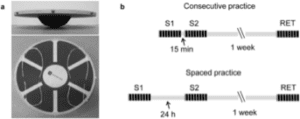
Figure 1. Experimental set up. (a) Multiaxial balance board used in the experimental protocol. (b) Organization of learning sessions.
The study showed decreases in the angle of inclination of the balance board plane, decreases in the angle of inclination of the axis and in the spatial and temporal movement of the board during S1, for both groups.
In S2, the performance remained unchanged for the participant performing the consecutive practice, but the subjects performing spaced practice showed significant improvements from the first to the last trial for all parameters. The differences between subjects were maintained in the first trial recorded during the retention session (Fig 2).
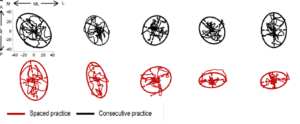
Figure 2. The motion of the balance board upon the horizontal plane was quantified by tracking the two-dimensional trajectory of the board normal vector.
Learning to stand on a balance board benefits from a one-day interval between training sessions. The amount of exercise and the duration of the interval in this experimental protocol were adequate to activate offline processes and provide a gain in performance. This balance task revealed that the time between training sessions is used to encode memories associated with specific components of postural ability.
These results should stimulate the use of everyday motor tasks to further explore the organization of offline memory consolidation in motor learning and to provide more useful indications for improving rehabilitation intervention programs.
You can find the full paper here.
References
- Robertson, E. M., Pascual-Leone, A. & Press, D. Z. Awareness modifies the skill-learning benefits of sleep. Curr. Biol. 14(3), 208–212, https://doi.org/10.1016/j.cub.2004.01.027 (2004).
- Aziz, W. et al. Distinct kinetics of synaptic structural plasticity, memory formation, and memory decay in massed and spaced learning. Natl. Acad. Sci. USA 111(1), E194–202, https://doi.org/10.1073/pnas.1303317110 (2014).
- Press, D. Z., Casement, M. D., Pascual-Leone, A. & Robertson, E. M. The time course of off-line motor sequence learning. Brain Res. Cogn. Brain Res. 25(1), 375–378, https://doi.org/10.1016/j.cogbrainres.2005.05.010 (2005).
- Cohen, D. A. & Robertson, E. M. Motor sequence consolidation: constrained by critical time windows or competing components. Exp. brain Res. 177(4), 440–446, https://doi.org/10.1007/s00221-006-0701-6 (2007).
- Wulf, G. & Shea, C. H. Principles derived from the study of simple skills do not generalize to complex skill learning. Psychon. Bull. Rev. 9(2), 185–211 (2002).
- Casabona, A., Valle, M. S., Cavallaro, C., Castorina, G., & Cioni, M. (2018). Selective improvements in balancing associated with offline periods of spaced training. Scientific reports, 8(1), 7836.


